

Choosing the right hardwood flooring can transform your home's ambiance, but navigating the vast array of wood species can be daunting. This guide empowers you, whether you're a homeowner, interior designer, or DIY enthusiast, to make an informed decision. We'll delve into the characteristics, styles, and benefits of popular hardwood flooring species, helping you find the perfect match for your needs and dreams.
When it comes to hardwood flooring, there are five popular wood species that stand out from the rest: Each of these species has the unique features that make it an excellent option for different home styles and preferences.
Each wood species boasts unique characteristics that influence aesthetics, functionality, and maintenance. Let's explore them in detail:
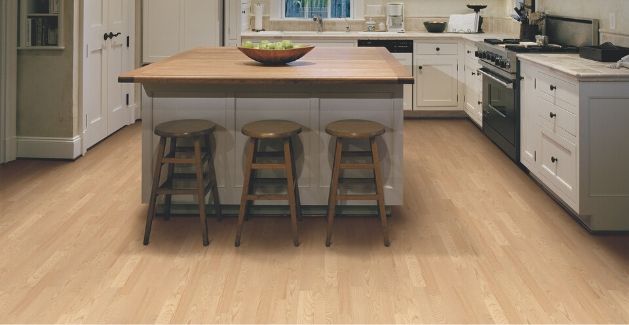
Red oak hardwood Is a classic hardwood flooring option that is popular due to its affordability, durability, and timeless beauty. It features a prominent grain pattern with light reddish-brown tones, making it an excellent choice for traditional and rustic interiors. Red Oak is also an excellent option for homeowners who are on a budget, as it is one of the most affordable hardwood flooring options available. White oak hardwood floors is a slightly harder and more durable option than Red Oak, making it an ideal choice for high-traffic areas of your home. It has a warm, golden-brown color with a straight grain pattern that complements modern and contemporary interiors. White Oak is also an excellent option for homeowners who prefer a lighter wood tone.
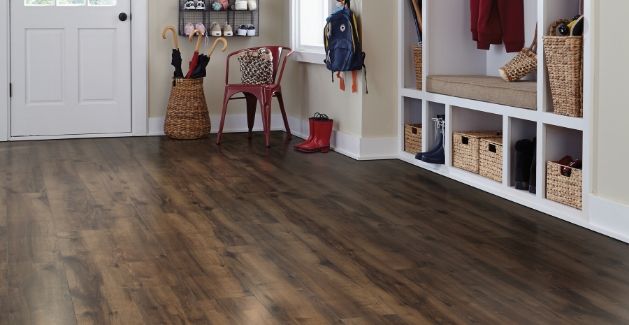
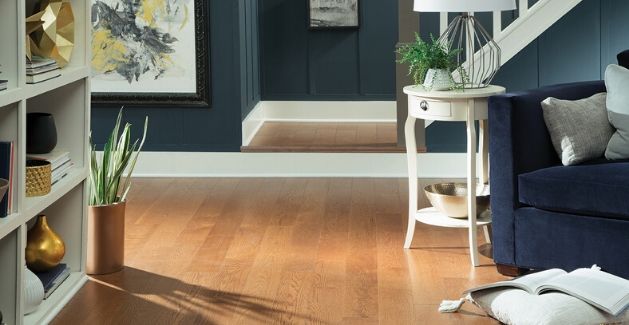
Maple is a light-colored hardwood flooring option with a subtle grain pattern. It is incredibly durable and resistant to wear and tear, making it an excellent choice for high-traffic areas of your home. Maple is a versatile wood species that complements a wide range of interior design styles, from modern to traditional.
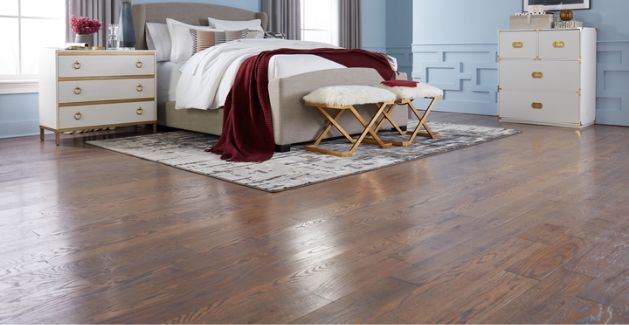
When it comes to tone and color, walnut hardwood is a unique flooring option available, and it is a charming addition to any home. Walnut hardwood isn’t just for flooring; however – furniture, décor, woodwork, and decking are common uses for walnut hardwood, primarily because of its impressive durability. Walnut trees grow in the Eastern United States and are less abundant than other species of hardwood. Walnut trees grow higher than fifty feet tall and can have an extremely wide diameter.
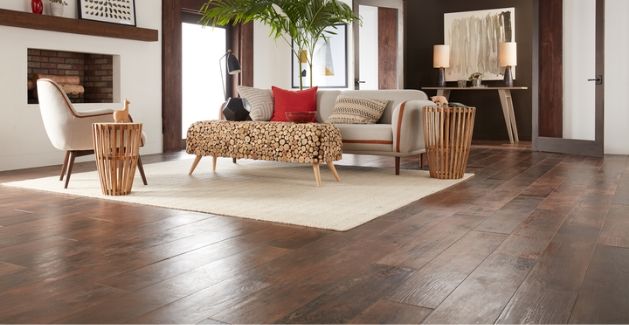
Hickory wood flooring is a durable and distinctive hardwood flooring option with a prominent grain pattern and natural color variations. It is an excellent choice for those who want to add a unique touch to their home's interior, as Hickory's grain patterns can vary from wavy to straight, giving it a rustic and natural appearance. Hickory is also one of the most durable hardwood flooring options available, making it ideal for high-traffic areas.
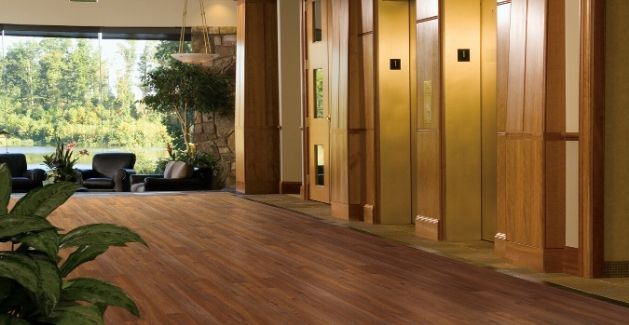
Brazilian Cherry is a luxurious and exotic hardwood flooring option with a warm reddish-brown color and a unique grain pattern. It is an incredibly durable wood species and an excellent choice for those who want to add a touch of elegance to their home's interior. Brazilian Cherry is also one of the most expensive hardwood flooring options available, making it ideal for those who have a higher budget.
Now that you've explored the world of hardwood flooring, it's time to find the ideal match for your project. Visit our extensive hardwood flooring collection to browse by species, color, style, and more.
Our flooring experts are here to help! Schedule a free estimate to discuss your project needs, receive personalized recommendations, and explore the perfect hardwood flooring for your dream home.
We've compiled a list of frequently asked questions to address any lingering concerns you may have about hardwood flooring.
Q: How do I know which hardwood flooring species is best for my home?
A: The best hardwood flooring species for your home will depend on your personal style preferences, as well as the level of durability and maintenance you require. Consider factors such as the amount of foot traffic in your home, the overall interior design style, and your budget when choosing a hardwood species.
A: Hardwood flooring is generally not recommended for below-grade areas, as moisture can cause the wood to warp and buckle. Instead, consider engineered hardwood or other flooring options specifically designed for below-grade installations.
A: Yes, it is possible to change the color of your hardwood flooring through staining or refinishing. However, it's important to note that these processes can be time-consuming and may require professional assistance to achieve the desired results.
Thank you for contacting Carpet One Floor & Home. Your local flooring expert will reach out to you regarding your inquiry.